When repairing, painting, or revamping one’s home, people often get mixed up between wall putty and POP.
Just because they look similar in their appearance, this confusion is bound to arise. But, in reality, these white powders are different in their content and applications.
In building development work, there are numerous perspectives or things to be carried out by building manager, for example, configuration, artwork and used material and so forth.
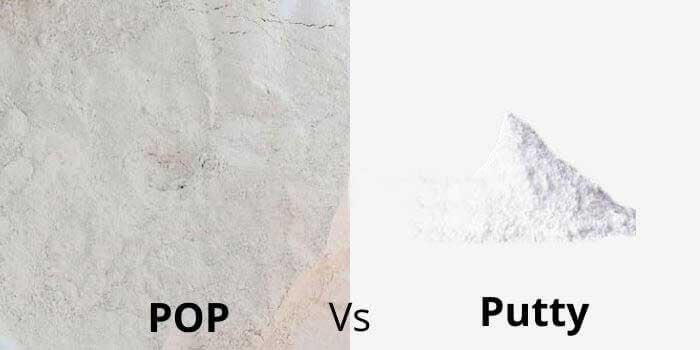
In this article, there is a comparison between POP and Wall Putty.
What is Wall Putty?
The primary role of wall putty, a white cement-like product, is to balance out and level the surface for subsequent layers of paint. 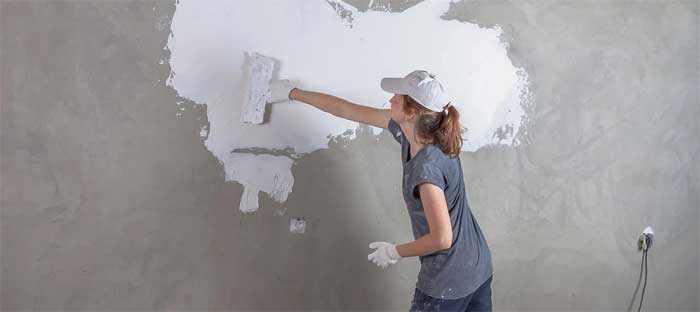 It covers minor pores and cracks and, if present, reduces undulation on the wall. It creates a smooth, protected surface for the painting process. Wall putty serves as a filler as well as a filler for cracks and spots on the wall. After that, any colour can be added to the walls.
It covers minor pores and cracks and, if present, reduces undulation on the wall. It creates a smooth, protected surface for the painting process. Wall putty serves as a filler as well as a filler for cracks and spots on the wall. After that, any colour can be added to the walls.
Wall Putty comes in a variety of colours and thickness, and it may be used on both exterior and interior surfaces, old and new. View the best wall putty in india here and choose the best wall putty for your home. 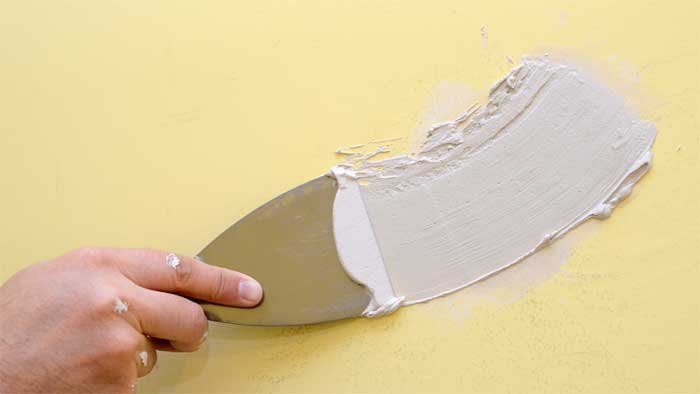
Wall putty is technically a fine powder composed of white cement that is blended with water and other chemicals to make a solution that is plastered to the wall.
When applied correctly, the solution fills cracks, defects, and crevices in the wall. People also go for wall putty texture design for their interior and exterior as well to give the walls a unique look.
The smooth wall putty and water solution fit flawlessly over any form of the wall to create a faultless surface on the inside or outside of your home.
Advantages of Wall Putty
The wall putty bonds brilliantly to the base cement or plastered surfaces. When applied to the exterior or interior walls, it creates a smooth undulating surface for a wonderful paint finish.
Some of its advantages are as follows:
- The use of wall putty paint results in a smoother finish on the wall.
- It shows effective waterproofing qualities and prevents excessive moisture from forming on the wall.
- It does not flake easily, causing harm to your wall.
- You may extend the life of your pricey paint by using wall putty.
- Wall putty strengthens the wall’s tensile strength.
- It keeps expensive paint coats from flaking and is not damaged.
- Putty is an inexpensive option to reduce the amount of paint used on the walls.
- Wall putty draws out the true colour of the paint by delivering a shiny, smooth, and attractive surface to the walls.
- With the assistance of a wall putty colour, the paint is perfectly attached to the wall.
You may also want to know about the best cement in india along with their price list. Keep visiting DecorChamp.com for updated information and latest designs.
Disadvantages of Wall Putty
Some of the disadvantages of wall putty are:
- It dries up very quickly which is why, when once hardened, you cannot reuse the leftovers.
- It cannot be applied by any or everyone on the walls. It requires the skilled labour of professional wall putty appliers.
- The wall putty mixture cannot be created by hand. You need to mix all the required ingredients to get the perfect wall putty mixture by only using machine operations.
- Wall putty mixture cannot be applied on a moist surface as it does not have strong water resistance strength.
- As it is not water resistant, cracks and crevices can easily form in direct and continuous contact with water. Also, water stains appear quickly.
- It takes a lot of care and time for the wall putty mixture to get cured.
- Multiple layers of wall putty need to be applied to get a smooth wall texture. Thus, it can prove to be time-consuming at times.
Consider reading about the standard brick size and its strength here.
Wall putty is focused around cement or white powder. It is made for outer surface and inside walls, which is utilized for giving a defensive base, particularly for costly paints. It is additionally used to fill pores in walls and roofs. For minor occupations, putty can be effectively connected by a brush or with a spray.
What is POP?
Plaster of Paris, or POP is a well-established chemical component found in modelling materials and gauze dressings. 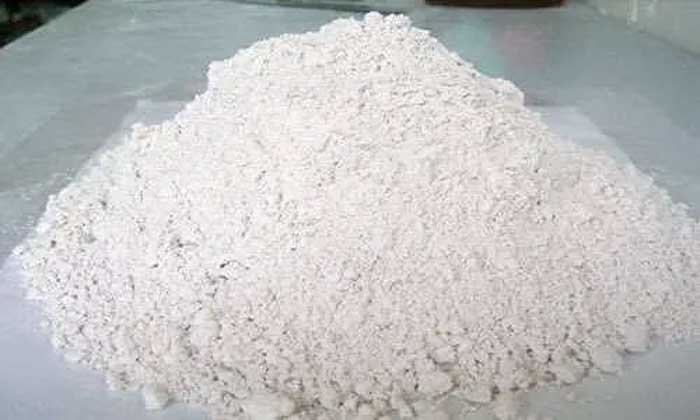
Plaster of Paris is a white powdery chemical substance that is hydrated calcium sulphate that is commonly created by calcining gypsum, and it has many applications in our daily life which include pop design in our homes, temporary walls, making statues and many more. 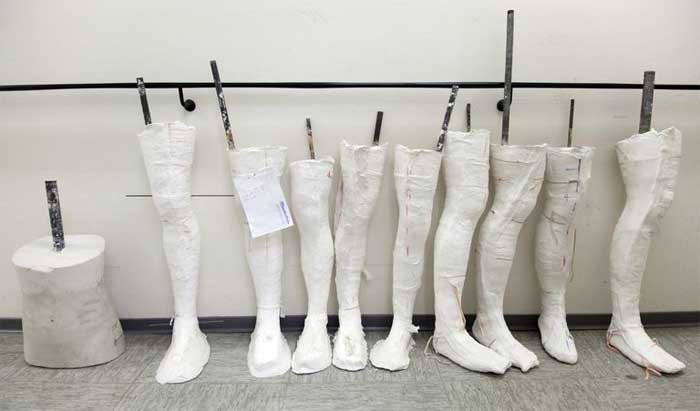
In other terms, Plaster of Paris is frequently made by heating gypsum to a high temperature. It is frequently used to produce and support beautiful plasterwork on the ceiling and mouldings.
It is also used in medicine to make plaster casts to preserve broken bones while they heal, however many modern orthopaedic casts are made of fibreglass or thermosets.
Have a look at the latest:
Advantages of POP
- When set, POP expands slowly and gradually.
- POP has great resistance properties to fire.
- It is lightweight and has great durability.
- It is thermally inefficient.
- After curing, it forms a robust surface that can withstand common knocks.
- It is easy to level out and spread to create a smooth finish.
- It causes no surface cracks or crevices to form.
- POP is great to add a decorative touch to the aesthetic outlook of your home.
Disadvantages of POP
- POP is extremely unsuitable to be applied or used in moist environments.
- It cannot form an appropriate mixture with cement.
- Compared to other white powder mixtures, POP is pretty expensive.
- It shows high solubility features in water.
- POP requires a lot of maintenance and care, or else, it will be prone to damage and gaps.
Plaster of Paris or POP is not difficult to spread and level. It is fire-safe and forms a thick surface to oppose typical thumps in the wake of drying. It grows marginally in the setting. It gives an enlivening inner part finish and stirs up effortlessly with water.

The over smoothness of the putty surface diminishes the utilization of the paint. This implies that it additionally decreases the Dry Film Thickness of the Paint when connected on the Putty.
What it successfully does is that the base proposed amount needed for the paint to perform exceptionally on the outer surface per square feet is lessened to half. So it likewise diminishes the life and execution of the paint. 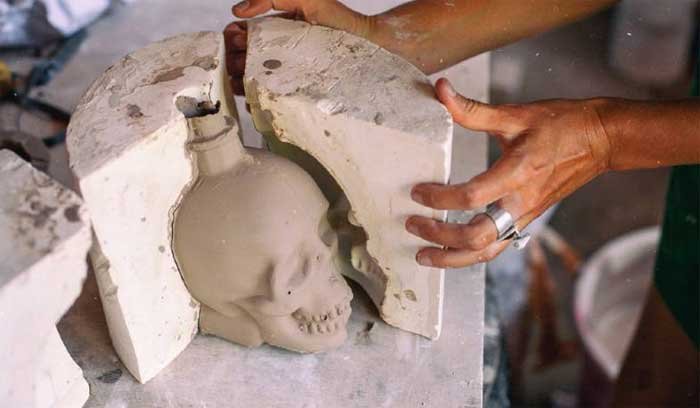
As the base material needed to structure defensive layers to withstand Sun Rays, Rain and the air contamination viably is not there. Because of the over-smoothness of the Putty surface, the Consumption is just 40% of the proposed material.
Plaster of Paris is utilized as a part of little applications; it sets up rapidly and dries hard. It doesn’t break the same way wall putty can. Wall Putty is utilized as a part of extensive applications for drywall fixing and joints. Mixes sets in different times relying upon the sort you buy.

A portion of the Interior Design Magazines conveys tremendous full page promotions saying the Putty ensure paints from dampness and keep it from peeling off.
The truth of the matter is that paint peels off just when there is dampness inside the wall i.e. because of waterproofing issues or ingestion of water in the wall because of the vicinity of water like Bathrooms or Toilets.
Also read about pop colour design combinations here.
Presently Cement putty itself won’t turn out when there is water, yet the Paint, which forms a layer, will dependably peel off. So the false acknowledgement is made that the utilization of cement putty inside the structure will keep the paint safe.
Most likely the putty application does make walls look smooth, however, this is more pertinent if there should arise an occurrence of outside walls. In the inside walls, no cement putty application can match the POP finish.
Have a look at the latest images of modern pop plus minus design for porch here.
Difference between wall putty and POP
To know the differences between wall putty and POP, you should continue reading. You will learn that although they might be similar in their appearance, they are way different in several ways.
- While wall putty that is made out white powder and linseed oil is applied to create a smooth and flawless wall surface, POP belongs to the Gypsum group. It is formed when gypsum is heated at very high degrees of temperature. This then forms calcium sulphate which when finely grind, creates a smooth, white powder.
- The different wall putty types are generally coarse or fine types. POP, on the other hand, comes in more ranges that include cement plaster, gypsum, and lime plaster.
- Wall putty when applied requires a minimum 24 hours to a maximum 48 hours to completely dry up, and harden. POP, on the other hand, requires a minimum 24 hours to a maximum 72 hours to dry up, and harden.
- Although the water resistance comparison between wall putty and POP is almost the same, wall putty has a bit better water resistance than POP.
- The major difference between wall putty and POP is their application. Wall putty is applied on walls for filling in cracks and small gaps which might have formed over time, but POP has more of an aesthetic application. POP is used in creating décor pieces and castings.
Conclusion
Overall, wall putty and POP have their own specifications and differences. If you are confused at which one to choose, or understand which one is better than the other, then base your decision after further research. Based on its applications, you can understand where you would want to apply either of them.



Deciding between POP and Wall Putty is often very confusing for me because I find both of them the same. However, with this article I’ve got a lot of clarity on the topic. POP paste can be used to coat walls and ceilings. It dries quickly and hardens to form a smooth, durable surface. Wall Putty paste is applied on walls and ceilings to fill in any cracks or holes. Once it dries, it forms a smooth, durable surface. This is exactly what i wanted to know. Thanks so much for writing such an informative blog on this topic. Love your content!
Honestly the decision between choosing a wall putty and POP is always confusing to me. But after reading your blog things have become clearer to me. I would like to suggest that you also add the uses of wall putty so that it becomes more helpful for us. Love how you showed all the benefits and uses of wall putty.
Because wall putty is a cement-based substance, which lengthens the life of walls, it is more durable than POP. Wall putty’s cement-based composition creates a solid bond with a wall. So, one should always look for the situation and then choose the need accordingly